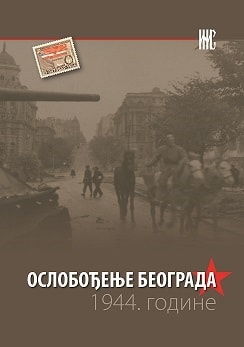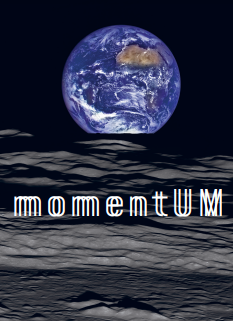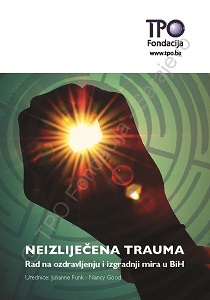
У трагању за „новим човеком“: Врхунац културне сарадње Југославије и Совјетског савеза 1944–1948.
The relations of Yugoslavia with the Soviet Union had in the field of culture, as well as in other fields, their most intensive phase in the first post-war years. Cultural contacts were realized through import of products of Soviet culture, and even on a larger scale through taking over and application of the Soviet model by Yugoslav Communists and artists close to the Communist Party of Yugoslavia. The practice of socialist realism in Yugoslavia was reflected in uncritical aping of artistic form of Soviet authors and in consistent adoption of tenets of official Stalin-type of art. Cultural cooperation was the corollary of the military and political support of the Soviet Party and the state for the Communist Party of Yugoslavia during the war and the first post-war years. Soviet cultural production was presented and promoted in Yugoslavia through art exhibitions, visits by artists, film production, publishing of translated literature and popularizing of Soviet music. In those years every cultural event of greater importance took the form of inter-state and interparty cooperation. Due to unequal cultural power, cultural cooperation between Yugoslavia and USSR in the first post-war years marked in fact the pinnacle of the influence which was reaching Yugoslavia from USSR. Although a modicum of cooperation existed during the inter-war period, just as that cooperation existed during the second half of 20th century, it was never so intensive and multifaceted, nor was it ever so strongly and assiduously supported by the two states as was the case during the first five years after WWII.
More...












